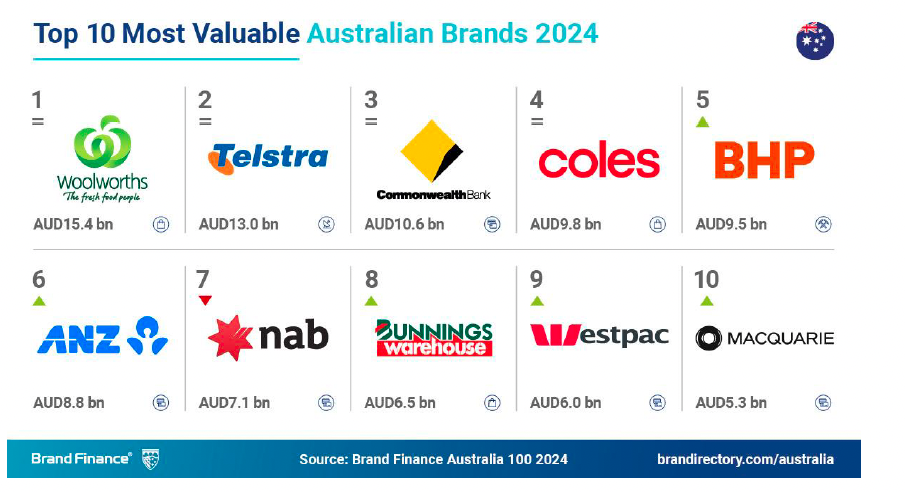Don’t just look at the long term, look at the long, long term – Mark Ritson

Classic ads and product placements continue to have a brand-building effect decades later, which is a benefit more marketers should pay attention to when commissioning creative. Marketers need to aim their advertisements for long, long term – decades – instead of short terms for longer lasting efficiency and effectiveness, writes Mark Ritson, Marketing Week.
In 1984, there were a group of kids running campaigns for the World Cup, marketers vote on social media platforms for their favourite ad from the list until there is a winner. It would be a surprise if Apply did not walk away with the Grand Prix at the end of World Cup 1984. The legendary story behind World Cup 1984 advertisement and the arrival of Apple with the creative director, Lee Chow. It’s a campaign every marketer knows about.
What strikes me about the 1984 ad is that, it continues to build brand for Apple. The World Cup 1984 ads are still building awareness and communicating brand associations for their sponsors.
Impacts of great ads
The talk of short-termism, targeted tactics of most big brands in marketing has been appearing a lot in recent talks. This comes at the cost of the longer-term, mass-targeted and more effective campaigns that accrue their impacts over a 1-5 year period. While it might be hard to plan for that kind of longevity at the outset, it’s clear that many great ads continue to deliver a return many decades later.
Great ads leave a significant impact on consumers that continues to affect their behaviour throughout their lives and that impact often continues each time they are re-encountered years later. Though nothing last forever, World Cup of Ads has its fair share of great ads for brands.
While it might be hard to plan for at the outset, it’s clear that many great ads continue to deliver a return many decades later, adds Ritson.
Marketers nowadays seem to have underestimated long-term effect of ads; product placement is the ultimate slow-burning medium with the longest half-life because it can into one of the great works of content, there is a huge initial effect combined with an extended payback that can be multiplied across millions of consumers and scores of years.
Many argue that placements back then were by chance and not through strategic planning. However, there are professionals working to ensures that the “chances” were consistent and fit in with the brands. These placements happened because the placement people were on top of every script, every director in Hollywood, and were waiting, poised, for the perfect few seconds in a film where they could propose the right brand for the moment. And when it pays off the impact is long, long-lived.
A mixture of memory and heritage
While watching films in the 80s, Tom Cruise is set as a very masculine examples for viewers, growing up in the 80s, Tom Cruise was ‘the man’. Thus these types of movies or advertisements have very long term effects because these effects are inherently biographical. The era and the celebrities will be different but the impact will be the same.
The official name for this is ‘positive wastage’ meaning ads that hit a target that is not yet, but will one day, become a consumer. Apple’s 1984 ad or Moët’s product placement in Jerry Maguire work on two levels:
- For older generations, they reinforce and reconnect us with the brands, and the memories of that time help bolster these brands in our present.
- For younger consumers, there are none of these initial memories to conjure and then commercialise, but original recollection is replaced by something perhaps even more powerful – unattainable heritage.
Going beyond these two levels, a third vector of the impact for advertising and promotions is proposed. In short term, it is the most popular time frame and usually qualifies as anything with a quarterly deadline or less. In long term, it exceeds an annual time frame and throws its net out for two or three years. And for the long, long term, these are the ads and placements that handsomely paid back their investment in initial efficiency, then more enduring effectiveness, and finally – long after the media budget has been exhausted and those responsible have moved on – continued to build brand.
Take for example a third level of what is considered “positive wastage”:
- Anja Major, from the Apple ad where the young British athlete that ran into the 1984 ad and threw her Apple sledgehammer into the monochrome screen of conformity, is approaching 60 years old. Nowadays, 19-year-old versions of Major still set off on her sprint thousands of times a day all over the world. For those who know the ad in 1984, it’s a chance to smile wistfully and reconnect with Apple. For those seeing the ad for the first time there is ancient evidence that Apple preceded them and has that most valuable of brand assets – heritage.
In both cases it can be argued that the biggest value of the 1984 ad, at the zenith of its effectiveness, came not with the initial buzz of its first or second paid appearance. It came later, across the decades that followed, in which a truly great ad played out and worked its magic across not the short, not the long, but the long, long of it.
The article was originally written by Mark Ritson, Marketing Week in November 2018. Click here to view the full version of the original article.





